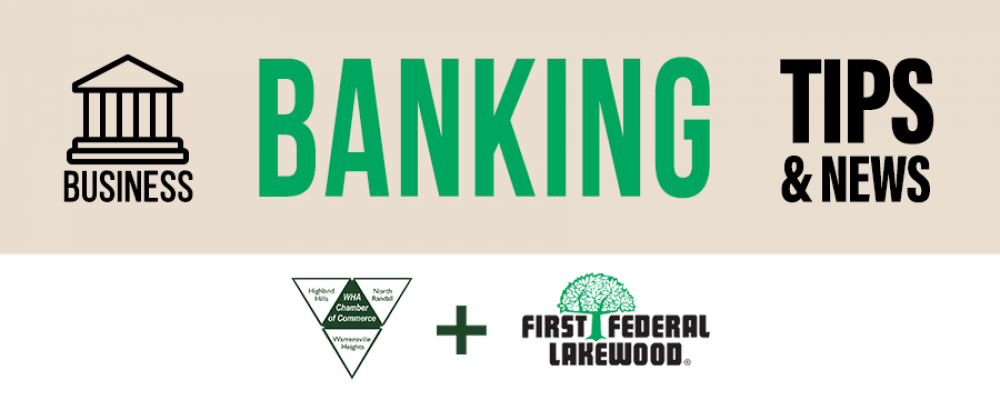
Chalana Williams, First Federal of Lakewood
Business Lines of Credit: Better Manage the Ups and Downs of Cash Flow
Cash flow can be a major challenge, which a business line of credit can help solve. A line of credit saves you from retrieving money from your personal accounts, using credit cards for funds, or approaching family and friends if you have a sudden need for cash.
If your business is new, a line of credit is an excellent way to build a positive credit history.
Obtaining a Line of Credit
Like any credit or loan, most of the lending decision and rate are based on how much of a risk you are. Here are four things you should consider when applying:
- Willingness to give a personal guarantee
- Offer collateral
- Principals of a partnership or corporation might have to provide collateral
- Provide all standard types of documents that banks ask for when considering a loan application, such as business/personal tax returns and financial statements.
Using a Line of Credit Effectively
Here are three tips to make the most of a line of credit:
- Tip #1—Don’t mix personal and business finances. Your business line of credit is strictly for your company, even if you put up personal collateral to get it. Mixing personal and business finances can severely impact your business credit score and chances for future loans.
- Tip #2—Use good accounting practices. Get up to speed on business planning, how to budget, and knowing the current dynamics of the marketplace. Invest in the services of a professional accountant if needed.
- Tip #3—Plan for expenses and dry periods as much as possible. Don’t take money out of your line of credit piecemeal as a routine reaction to diminished cash flow, because it will not be there when a major problem arises.
A line of credit is a valuable asset, providing cash to meet seasonal demands and delays in collecting receivables—and peace of mind.


Follow Us!